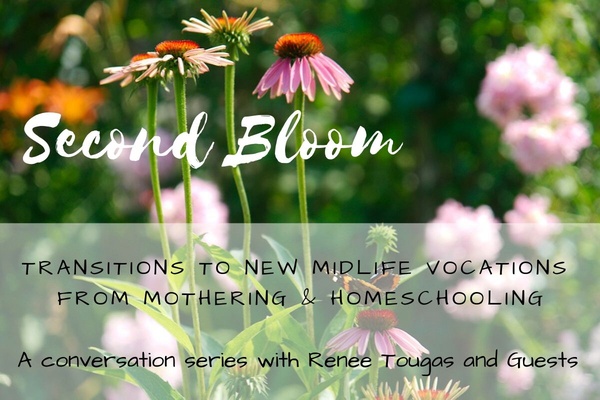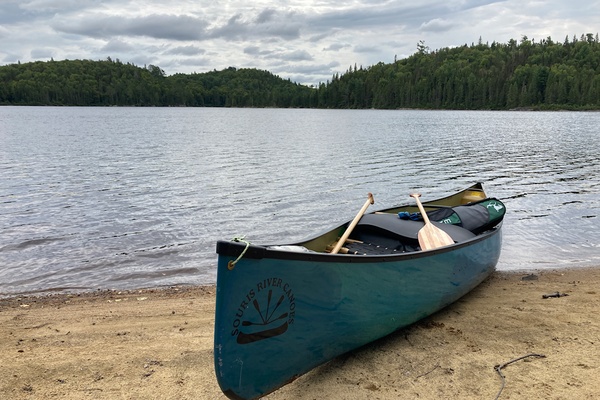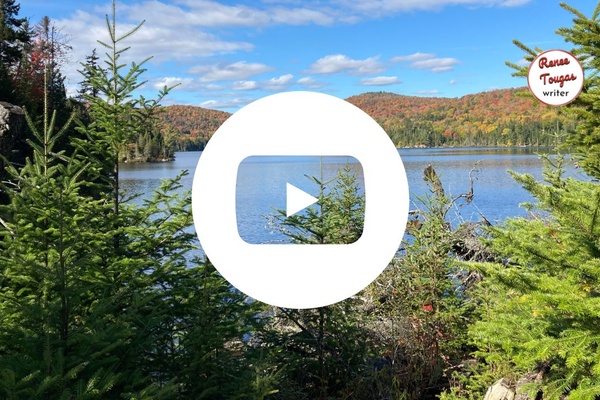Get posts by email
Pepper & Spice Muscle Rub Recipe Inspiration
December 28, 2010
Another present under the tree for family this year.

To make this muscle rub I used the method described in the post How to Make an Herbal Salve. This year I made some improvements to the recipe, most notably the addition of organic, Maine grown peppers and essential oils. Chosen specifically for their warming and healing affects on the body. Enjoy!
Herbs:
- Arnica
- Cayenne
- St. John's Wort
- hot peppers, Maine, organic
Oils:
- Canola, Maine grown
- Soybean, organic
- Sunflower
- Olive
- Coconut, organic
Other:
- Beeswax, Maine
- Grapefruit Seed Extract, a natural preservative
- Camphor essential oil
- Eucalyptus essential oil
- Clove essential
After a day of hiking, gardening, or just plain old physical labor Pepper & Spice Muscle Rub is a welcome relief to sore muscles and tired feet.
Caution: Don't rub near eyes or open sores.

Filed Under
Resource Library
-

Lisa McCarville on Oct. 31, 2016, 2:59 a.m.
Thanks So much for your sharing your weath of knowledge with me. I'm going to make different batches with different varitites and I will let you know how it goes.
You can subscribe to comments on this article using this form.
If you have already commented on this article, you do not need to do this, as you were automatically subscribed.







Lisa McCarville on Oct. 18, 2016, 4:54 p.m.
If you please: :) What flavor or what species of pepper is recomended for this and what does the pepper do? I'm in a part of the country where I grow many varities of peppers. Never heard of Maine Peppers before. Are they spicey or sweet? I have never heard of using peppers this way and am very excited to try it with some of mine. Just wondering what is the science behind the chemistry. Peppers are in the night shade family and it is wild to think of them not being inflamatory. I never thought of putting them on the skin. so many of them burn my hands during processing so I would stay away form the hotties, would a sweet Japanese pepper work? I'm in Arizona so either the peppers are sweet or the summers sun and heat makes them hot. thanks for any help. I have some dryied Annahiem Peppers put they are very spicey. Would Italian Pepperonici Peppers work?
renee on Oct. 30, 2016, 1:46 p.m.
Lisa,
Thanks for your questions.
It's interesting that I made this herbal Pepper & Spice muscle rub six years ago. And then for a time I didn't do much with herbs, but I have now returned to this interest of mine and just as of this fall have been studying, once again, the healing properties of plants, and more specifically capsicum (aka: peppers).
Here's what I can tell you about using peppers, based on my own studies and usage of this plant. I'm not a certified or accredited herbalist, but what I share with you below is what I have learned from very qualified, accredited, experienced teachers:
The active component in capsicum (or peppers) is called Capsaicin.
"Capsaicin is present in large quantities in the placental tissue (which holds the seeds), the internal membranes and, to a lesser extent, the other fleshy parts of the fruits of plants in the genus Capsicum... the highest concentration of capsaicin can be found in the white pith of the inner wall, where the seeds are attached." (from Wikipedia)
Capsaicin is absolutely a topical irritant, in high concentrations. It causes a burning sensation, as you are well aware.
But in lower concentrations, it also provides pain relief, as a topical analgesic. Interestingly, it's also an anti-inflammatory compound, though I don't understand the mechanisms of this since it "feels" inflammatory.
Most of the evidence-based use of capsicum, as a herbal preparation, is as a topical analgesic.
To use peppers as a topical analgesic they are prepared in balms, salves, creams, typically used in semi-solid preparation (like the salve pictured in this post.)
These salves, creams, balms are made by infusing a carrier oil, such as coconut oil or olive oil, with peppers. See this post (or goggle: how do I make an herbal oil infusion) for how to make an oil infusion for making an herbal balm.
Capsaicin is also anti-microbial, it kills microbes, and is used in cold and flu prevention remedies for this reason.
Re: your question about Maine grown peppers, by that I just meant these were pepper fruits grown in Maine. I have no idea as to the actual species. They were spicy though, too spicy for my tastes for eating but I used them in making this balm. My guess, though I haven't checked up in this, is that the spicier the pepper, the higher the concentration of capsaicin.
I think any peppers would work for making an herbal balm, but be careful not to burn your skin in the preparation (I know, it seems ironic to say that). The key is in the concentration and application.
As always, use common sense, if you prepare something that hurts your skin, don't use it!
Here are more recipes and information about using peppers/capsicum/capsaicin for herbal preparations:
Soothe your sore muscles Warming Ginger Cayenne Salve Cayenne Salve is Topical Pain Relief